the data doesn't lie
inform your future
workplace model
Our utilisation studies enable you to make informed decisions based on real-time data

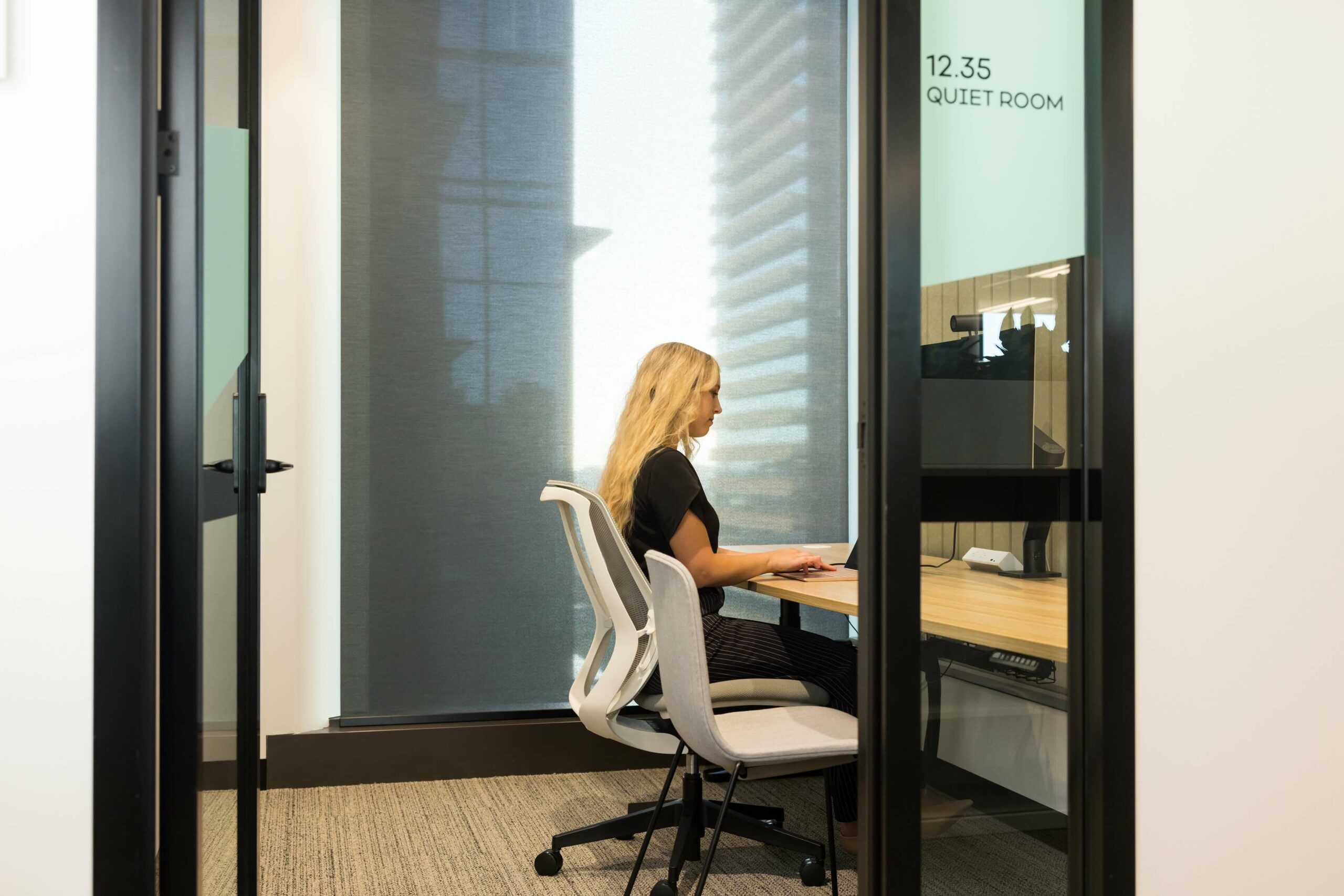
WHAT IS A UTILISATION STUDY?
Understanding how your organisation works in their current environment is a key input to assess and define future viable occupancy models and space requirements.
A utilisation study is a key data point to any workplace strategy. It demonstrates the degree of under-utilisation which informs the ideal occupancy model for that organisation and determines the right amount of space needed.
TECHNOLOGY WITH A PURPOSE
Our sensor solution can be deployed quickly and easily for two to four weeks on one floor or multiple. The software is independent of your IT system, protects individual privacy and comes with all the communications you need.
Request information on technical specifications and pricing.

RISKS OF NOT UNDERTAKING A UTILISATION STUDY
Successful workplace strategies are based on real data. There are risks involved in transitioning to a new way of working if you have not undertaken a utilisation study.
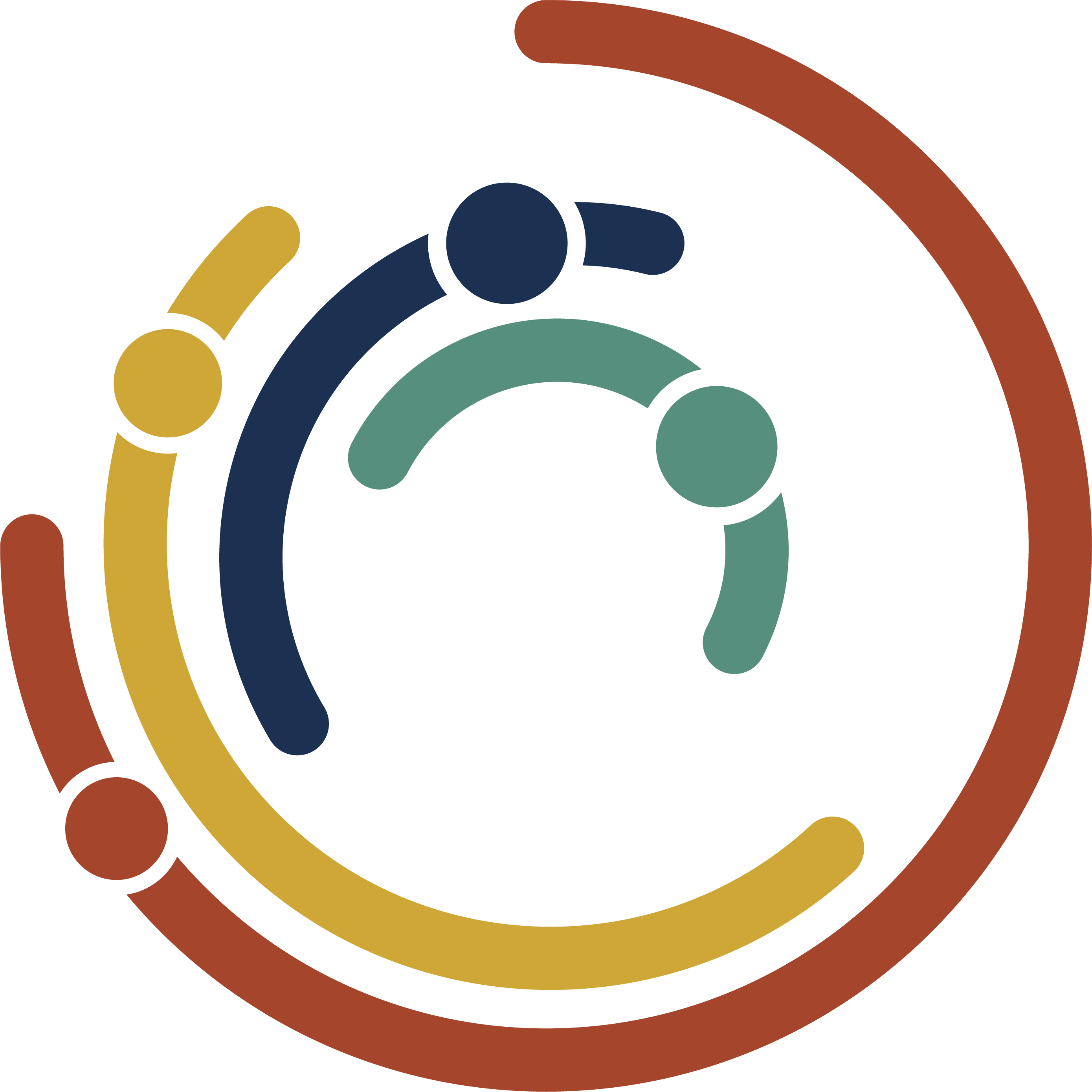
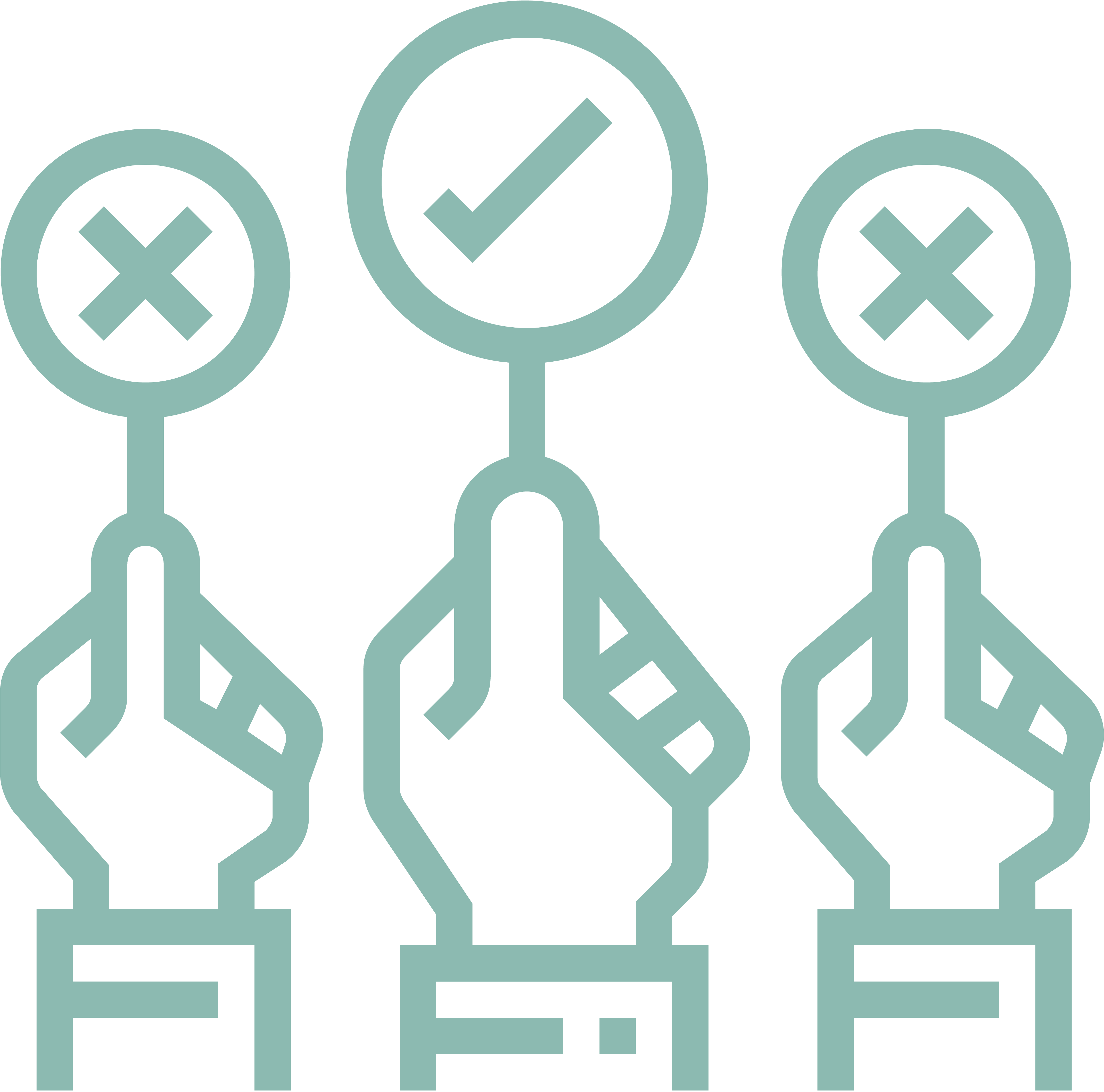
EMPLOYEE RESISTANCE
Employee resistance to the new way of working as the occupancy model is not based on actual quantitative data

TOO MUCH SPACE
Leasing more space than required due to not properly understanding how the current space is utilised
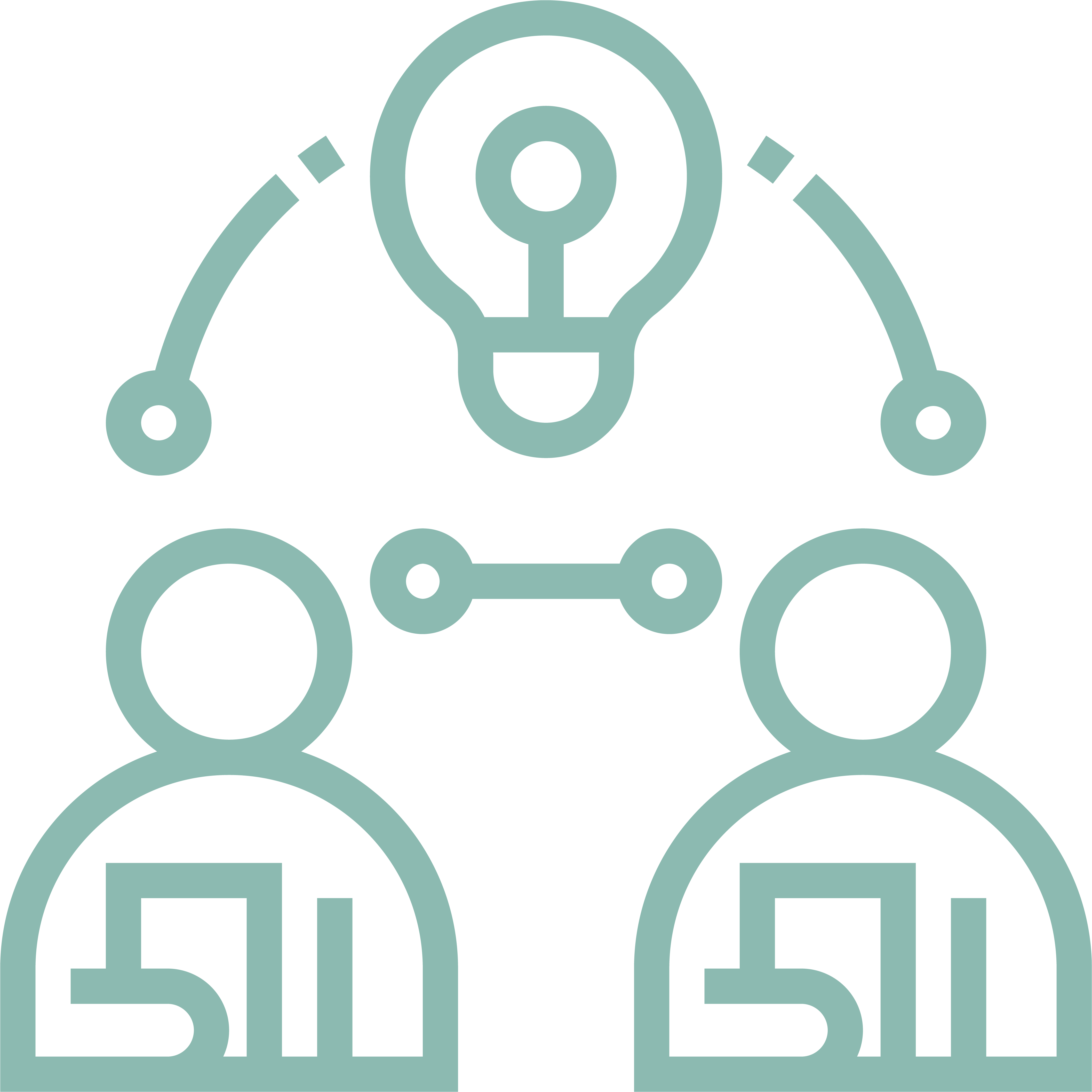
DRIVE WRONG BEHAVIOURS
When moving to a shared working environment, if too much space is taken this can drive behaviours that don’t align with the new way of working

EMPLOYEE RESISTANCE
Employee resistance to the new way of working as the occupancy model is not based on actual quantitative data

TOO MUCH SPACE
Leasing more space than required due to not properly understanding how the current space is utilised

DRIVE WRONG BEHAVIOURS
When moving to a shared working environment, if too much space is taken this can drive behaviours that don’t align with the new way of working
Sensor study versus manual study
SENSOR STUDY
The collection of workplace occupancy data is completed via sensors which offer real-time insights on workplace occupancy and space availability. Sensors only record heat and movement and are installed after-hours to minimise disruption. Sensors provide accurate to-the-minute data about how the current space is being used. Data is translated to a dashboard which does not identify individuals but demonstrates how much (or little) space is in use at any given time.
MANUAL STUDY
A workplace observer completes a walkaround via a set route every 30 minutes during office hours, every day for a period of two to four weeks. The observer records data in a spreadsheet which is then analysed to determine peak, average and maximum occupancy for multiple settings – work settings and meeting spaces.
Key features:
Key features:
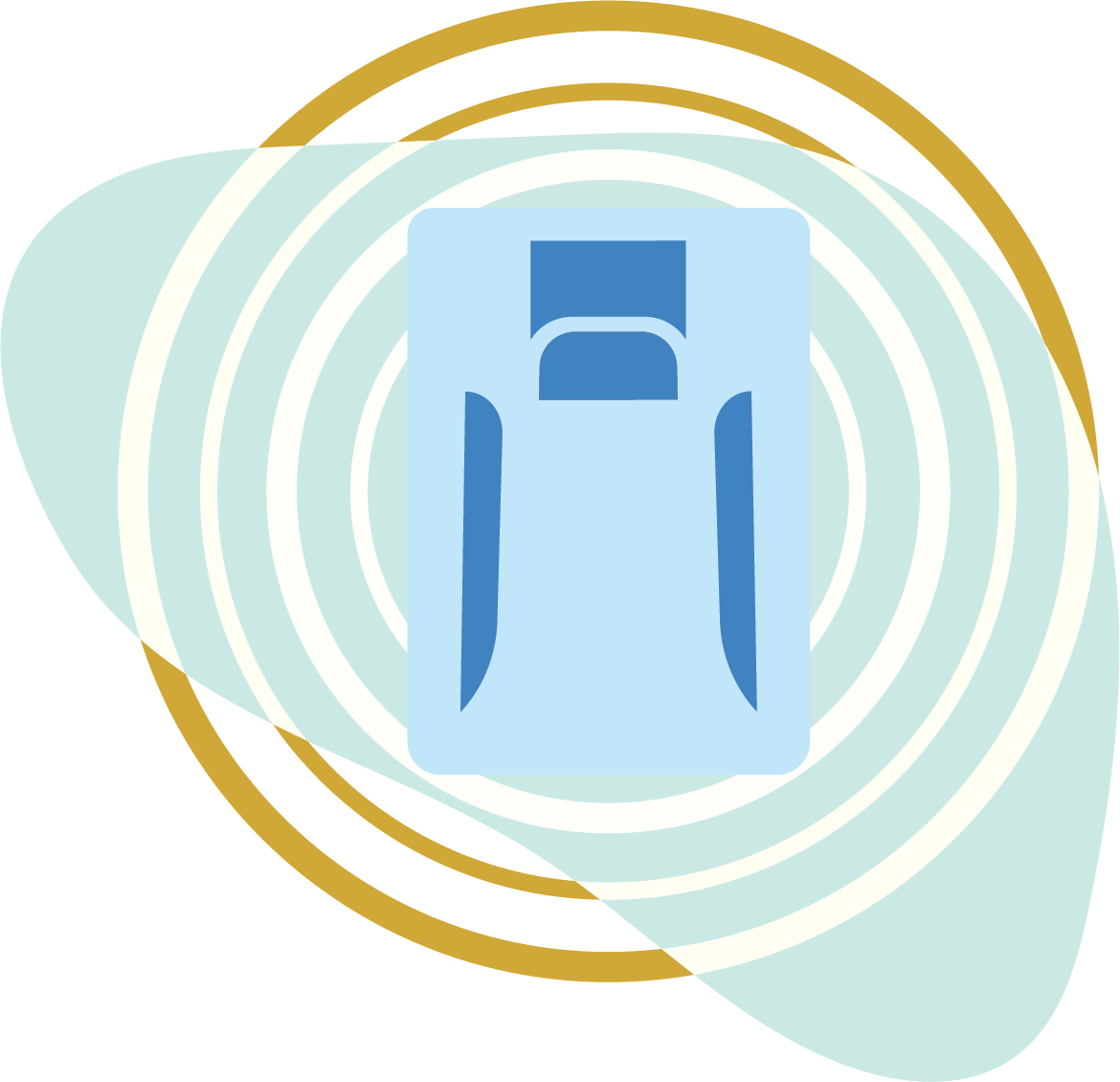
- Non-intrusive option (installed out of office hours)
- Cost effective when compared to manual studies
- Collects highly accurate data

- Provides detailed information about what is happening in the space
- Can be completed by your staff with tools provided by Presynct
- Highly labor intensive
- People tend to adjust behaviour when they see the observers
Sensor study versus manual study
SENSOR STUDY
The collection of workplace occupancy data is completed via sensors which offer real-time insights on workplace occupancy and space availability. Sensors only record heat and movement and are installed after-hours to minimise disruption. Sensors provide accurate to-the-minute data about how the current space is being used. Data is translated to a dashboard which does not identify individuals but demonstrates how much (or little) space is in use at any given time.
Key features:

• Non-intrusive option (installed out of office hours)
• Cost effective when compared to manual
• Collects highly accurate data
MANUAL STUDY
A workplace observer completes a walkaround via a set route every 30 minutes during office hours, every day for a period of two to four weeks. The observer records data in a spreadsheet which is then analysed to determine peak, average and maximum occupancy for multiple settings – work settings and meeting spaces.
Key features:

• Provides detailed information about what is happening in the space
• Can be completed by your staff with tools provided by Presynct
• Highly labor intensive
• People tend to adjust behaviour when they see the observers
Utilisation study clients
LET'S CHAT






